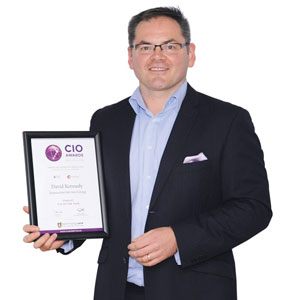THANK YOU FOR SUBSCRIBING
Editor's Pick (1 - 4 of 8)

Bruce Haefele, General Manager – Technology, Healthdirect Australia
We pivoted and implemented a second platform architecture based on continuous delivery automation and greater operational management tooling
Weekly Brief
I agree We use cookies on this website to enhance your user experience. By clicking any link on this page you are giving your consent for us to set cookies. More info
Read Also














